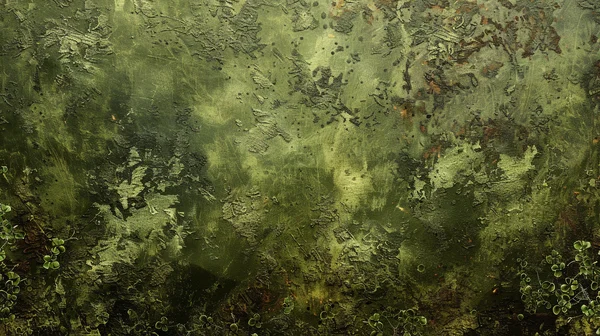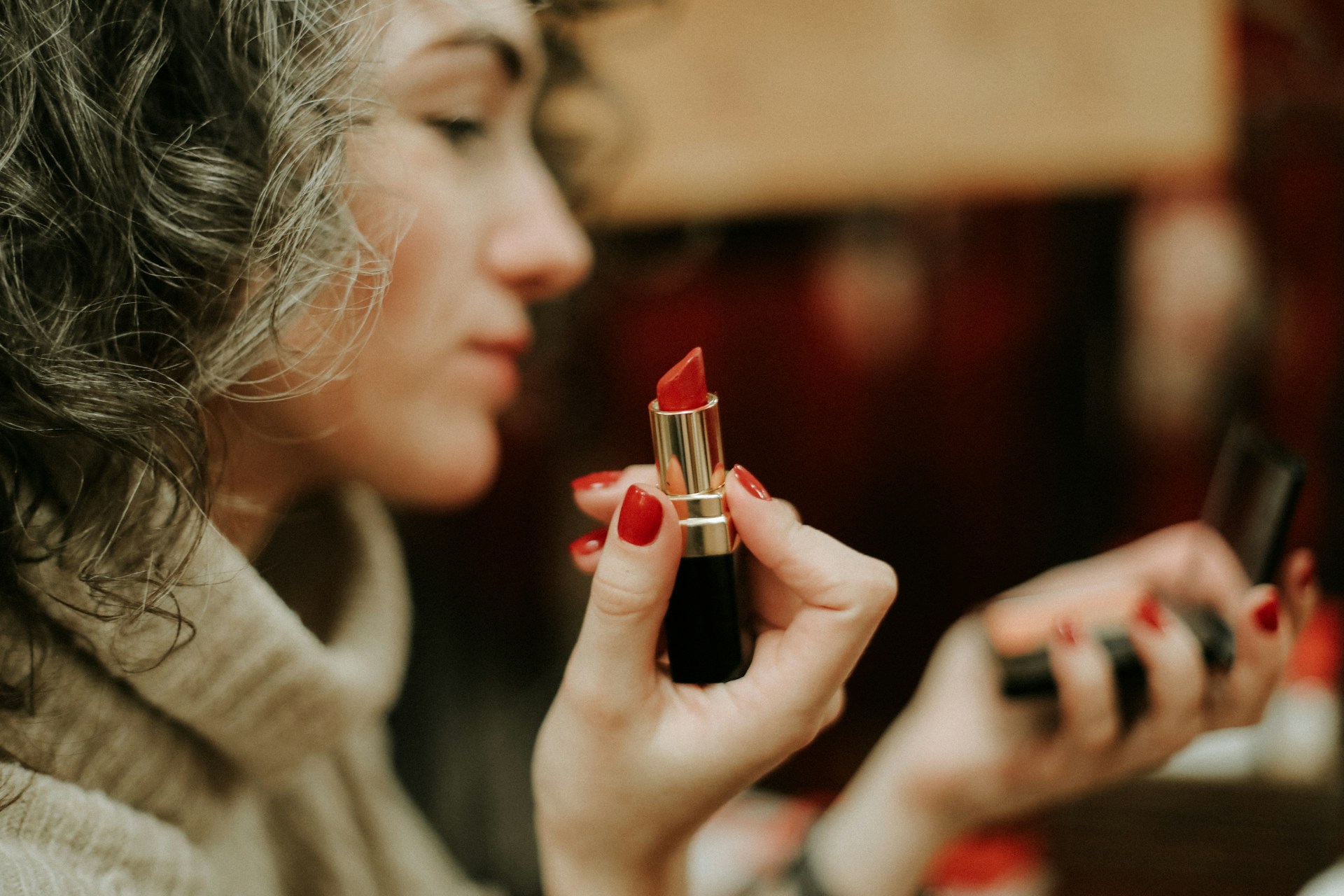

The Colorful History of Lipsticks
The Colorful History of Lipsticks: From Ancient Times to Modern Variations
Posted Dec 12, 2024
Lipstick has been a beauty staple for centuries, symbolizing everything from status to self-expression. Its journey from ancient civilizations to the modern cosmetic industry tells a story of creativity, innovation, and cultural evolution. Let’s dive into the fascinating history of lipsticks, explore their modern variations, and discover some valuable external resources to learn more.
A Journey Through Time: The History of Lipsticks
1. Ancient Civilizations
- Mesopotamia (5000 BCE): Women in Mesopotamia were among the first to use lipsticks, made from crushed gemstones and natural dyes.
- Egypt (3000 BCE): Egyptian women, including Cleopatra, used red pigments derived from carmine beetles and a mixture of plant-based dyes to color their lips.
- Greece and Rome (1000 BCE): Lip coloring in Greece was often reserved for courtesans and actors. Romans used a mix of plant dyes and minerals for bold lip shades.
2. The Middle Ages
- Lipsticks saw a decline in use during this period due to religious associations, where makeup was often linked to immorality.
3. The Renaissance and Baroque Era
- In Europe, lip makeup regained popularity among aristocrats. Crimson lips were a symbol of wealth and social status.
4. The Industrial Revolution
- The advent of industrialization in the 19th century made lipsticks more accessible. Commercial production began with ingredients like beeswax and castor oil.
5. The 20th Century
- 1920s: Lipsticks became a fashion essential, with the invention of the swivel-up tube.
- 1940s: During World War II, lipstick gained patriotic undertones. Bold red lips became synonymous with resilience.
- 1970s: The feminist movement embraced bold lip colors as a statement of independence.
- 2000s: With advancements in technology, long-lasting and eco-friendly lipsticks entered the market.
Modern Variations of Lipsticks
Lipsticks have evolved far beyond traditional reds and pinks. Today, they cater to a diverse audience with varied needs and preferences.
1. Types of Lipsticks
- Matte: Offers a non-shiny, velvety finish for a bold look.
- Glossy: Provides a shiny, hydrating finish.
- Creamy: Combines pigment with a smooth texture for easy application.
- Liquid: Highly pigmented and long-lasting, often with a matte or satin finish.
- Sheer/Balm: Lightly tinted for a natural look, often enriched with moisturizing ingredients.
2. Specialty Lipsticks
- Vegan and Cruelty-Free: Formulated without animal-derived ingredients or testing.
- Organic: Made with natural, eco-friendly ingredients.
- Long-Wear: Designed to stay intact for hours without reapplication.
3. Emerging Trends
- Color-Changing Lipsticks: React with the pH of your lips to create a unique shade.
- Lip Tints and Stains: Offer a lightweight, long-lasting tint of color.
- Sustainable Packaging: Brands are adopting refillable and biodegradable packaging.
 Photo by Daria Gordova from Unsplash
Photo by Daria Gordova from Unsplash
External Resources to Explore
- Smithsonian Magazine: The History of Lipstick
- BBC Culture: A Brief History of Lipstick
- National Geographic: Cleopatra and Ancient Cosmetics
- The Makeup Museum: Lipstick Archives
Conclusion
From crushed gemstones in Mesopotamia to color-changing formulas of today, the evolution of lipsticks mirrors cultural shifts and technological advancements. Whether you’re a beauty enthusiast or a history buff, lipsticks are more than a cosmetic item—they are a symbol of identity, creativity, and resilience.